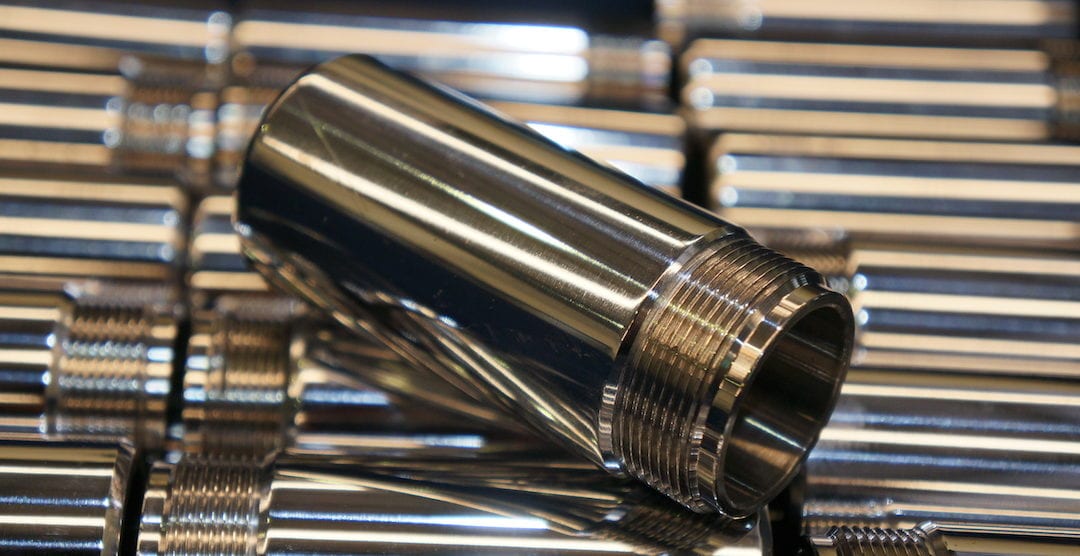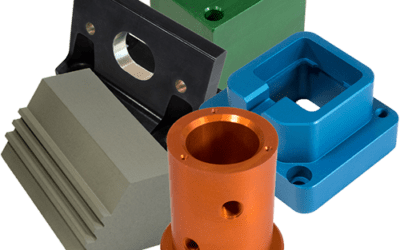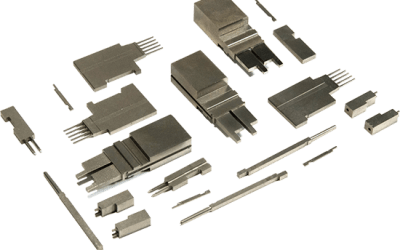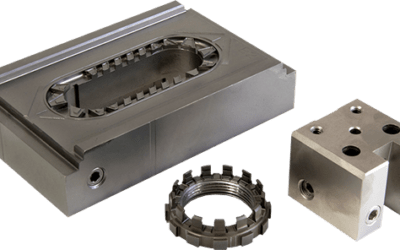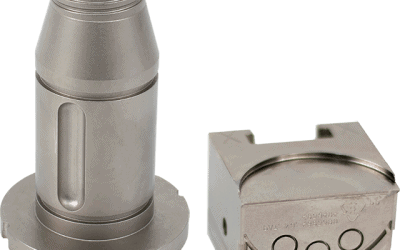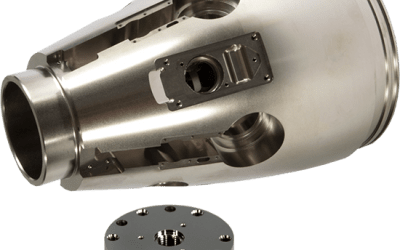Hard Chrome Plating Applications and Comparisons
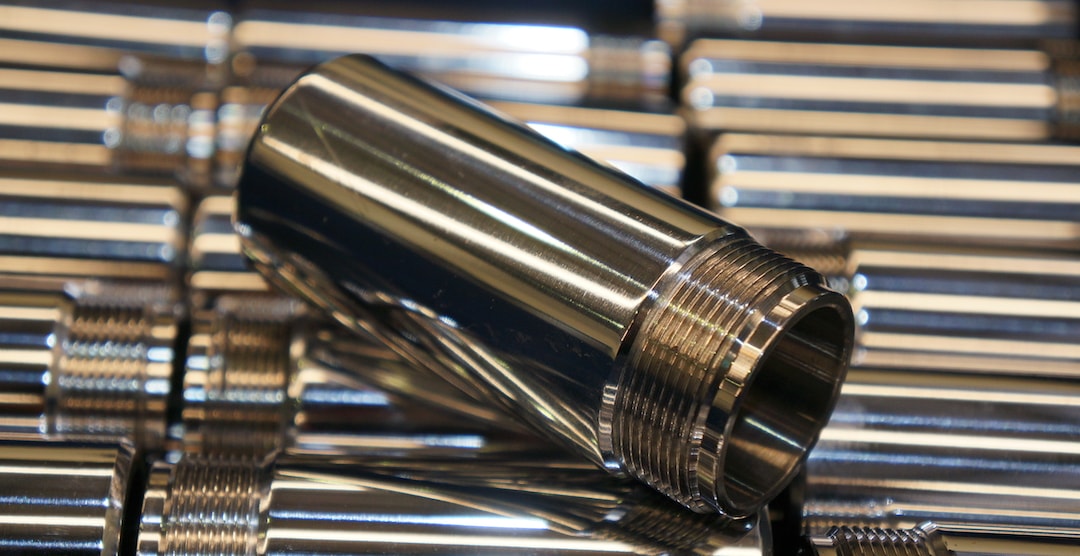
Using plating for a finish on metal parts has a wide range of benefits, but plating comes in a variety of different forms to consider. Each of these forms have their own benefits, so it’s important to understand hard chrome plating applications and comparisons to other types of plating. Finding the best solution or your unique needs can be difficult, but PFI Inc can help you determine which factors to consider to get the most out of your metal part finish.
Hard chrome plating is among the most common types of plating available, but it is far from the only option. You will also have other options such as electroless nickel plating, Dura Slick, and Lubricoat. Take a closer look at the most important differences between these plating types, and feel free to reach out to the experts at PFI Inc to determine which finish would work best for your intended application.
Hard Chrome Plating
Hard chrome is a common type of plating applied through an electric current that’s used for industrial applications across a range of different industries. Some common applications include machine tools, molds, gears, pistons, shock absorbers, and any other metal part in vehicles. Note that hard chrome is distinct from decorative chrome plating. While hard chrome can be used for decorative purposes too, the primary benefit is its applicability to engineering projects. Hard chrome plating can be used to extend the lifespan of a part or to provide anti-stick and release capabilities, which is particularly useful on moving parts that can be subject to friction.
Electroless Nickel Plating
One alternative to hard chrome plating is electroless nickel plating which, as the name suggests, is applied without the use of an electric current. Instead, it uses an autocatalytic chemical reaction to deposit a uniform coating over the part. The characteristics of electroless nickel plating can also be altered depending on how much phosphorus is used in the plating itself. For example, low phosphorus electroless nickel plating is remarkably hard, but somewhat lacking when it comes to corrosion protection. High phosphorus nickel plating, on the other hand, offers impressive corrosion protection, but that comes at the cost of hardness. This kind of versatility makes electroless nickel plating applicable in environments that expose components to harsh conditions such as pipe fittings, fuel injectors, and pumps. Electroless nickel plating is also used in electronic components to protect processors from corrosion.
Dura Slick Coating
Dura Slick coating is a proprietary nickel base plating that offers a low coefficient of friction at 0.05 commonly used in the tool and die, rubber, and plastic injection industry. Because this coating is so slick and lubricious while retaining hardness, it’s especially useful for slides and inserts. When applied to aluminum, copper alloys, and beryllium, it can be plated in as little as 0.00005 inches to maintain tight tolerances. This kind of coating is long lasting with molds being able to last more than 2 million cycles.
Lubricoat
Lubricoat is a high end type of coating that is a type of electroless nickel combined with Teflon for plating. Given the chemical makeup of nickel and Teflon, it’s a common choice for applications in the military and aerospace industries. In addition to nickel and Teflon, it also includes lubricity-inducing polymers to aid in the release of plastic from mold components. The variable levels of phosphorus in the nickel additionally allow the plating to be customized for hardness or corrosion resistance. The low coefficient of friction and breakdown temperature of 650 degrees fahrenheit are also notable benefits.
Criteria for Finding the Right Coating
With hard chrome plating, electroless nickel plating, lubricoat, and Dura Slick all available, you will need to consider several factors to determine what the best option is for your specific needs. The following are some of the most common considerations to keep in mind.
- How often the part will be used and/or come into contact with other machinery
- How much protection against corrosion the part will require over time
- The kind of environment that the part will be exposed to in terms of moisture, temperature, and more
- Whether the part is going to be part of a moving system or not and whether the operation will need to be halted entirely to fix or replace the component
Even Coats
Electroless nickel coating, Dura Slick, and Lubricoat are adept at covering irregular sized parts. Only hard chrome plating tends to be difficult with parts that have multiple angles and holes that need coating. The experts at PFI Inc have extensive experience plating using a variety of different methods, so you can expect uniform coating regardless of which type of coating works best for your part.
Flexibility
For projects that require flexibility in coating, Dura Slick is among the best options. Hard chrome has many benefits, but flexibility is not one of them. Dura Slick, meanwhile, offers both flexibility and durability in addition to having an overall low-maintenance nature. While the other types of plating are fairly flexible as well with the exception of hard chrome plating, Dura Slick tends to reign supreme with flexibility.
Corrosion Resistance
If corrosion resistance is a priority for your project, then electroless nickel plating or lubricoat would be ideal. Note that you will want to prioritize high phosphorus plating to maximize corrosion resistance. Hard chrome offers decent corrosion resistance as well, but that only applies to components that hard chrome can be applied to effectively. Considering that hard chrome is notoriously bad at dealing with irregular shapes and holes, electroless high phosphorus alternatives tend to be more reliable.
Hardness and Coefficient of Friction
While low phosphorus electroless nickel plating can maximize hardness for that method, hard chrome tends to be the best option for hardness prioritization provided the plating can be evenly applied to the component. With hard chrome’s hardness characteristics, it will last the longest when it comes to general wear and tear, though that largely depends on the application of the end piece. Additionally, hard chrome has a marginally lower coefficient of friction compared to alternatives, though electroless nickel plating and lubricoat can come close enough for a lot of applications.
Ultimate Finish
The finish on a component that has been properly plated is going to be smooth and uniform, but getting to that point doesn’t always require the same amount of effort. With hard chrome plating, for example, reaching a smooth and uniform finish may require extra polishing or machining to ensure the exterior is even. Electroless nickel plating, lubricoat, and Dura Slick, on the other hand, tend to not need as much work after the fact to generate a smooth and uniform coating. The lack of additional labor at the last stage could potentially lead to savings when compared to the costs of hard chrome.
Hard Chrome Plating vs Alternatives
There is no universal standard as to which plating method is the best. You will have to consider the end-use application of the part in question and what its overall purpose is. All around, however, electroless nickel plating tends to offer easy uniformity without trailing hard chrome too far behind when it comes to hardness and a low coefficient of friction. If you are looking for mold coatings, though, Dura Slick is especially adept at minimizing wear and maximizing the number of cycles a mold can offer. Lubricoat functions much like a more precise version of electroless nickel plating offering additional yet more costly characteristics that are especially important in the aerospace, military, and oil and gas industries. You may not always need the extra advantages of lubricoat, but when you do, there’s not really any alternative.
Contact PFI for Hard Chrome Plating and its Alternatives
Even after exploring hard chrome plating applications and comparisons, it’s best to consult with professionals to find the right solution for specific projects. At PFI Inc, we offer reliable plating services across all the available alternatives alongside a design team that can help you find the best type of plating for your unique needs. Get in touch with our team today to find out which would work best for your next order.
